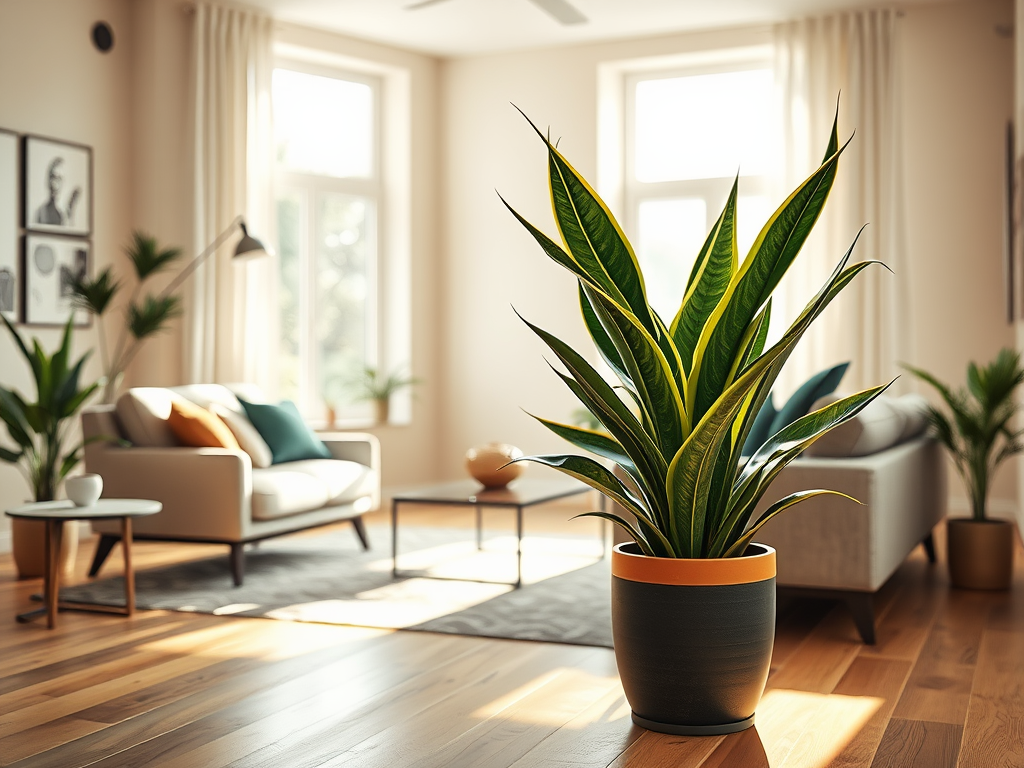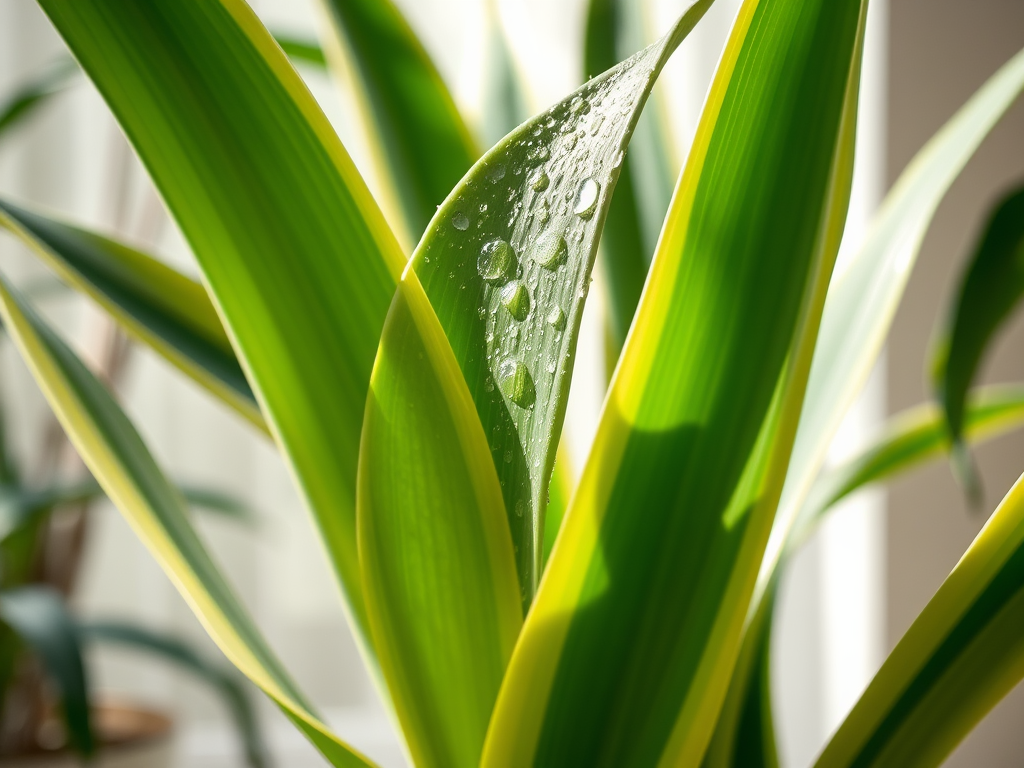Creating a Snake Plant Care Routine: Tips for Busy Plant Owners

Snake plants, or Sansevieria, have garnered a reputation as the ideal houseplant for individuals leading fast-paced lives. These hardy plants not only bring a touch of green to your space but are also incredibly forgiving when it comes to care. For busy plant owners, developing a straightforward care routine can seem challenging. The good news is that snake plants thrive on minimal attention. This article aims to guide you in creating a sustainable and easy-to-follow care regimen that fits seamlessly into your busy lifestyle. Let’s explore how you can keep your snake plant happy and healthy, even with a packed schedule.
Understanding the Snake Plant

The snake plant is renowned for its striking sword-like leaves that can grow upright, making it an attractive addition to any room. Its diverse variety of shapes and colors only adds to its appeal. Unlike many houseplants, snake plants are low-maintenance and can survive in various light conditions, making them perfect for busy owners. Moreover, they naturally purify the air by filtering toxins, enhancing indoor air quality. Not only do these plants require minimal watering, but they can also adapt to various temperatures, which is an impressive feat for any houseplant. With their resilience and beauty, adding a snake plant to your collection is always a wise choice.
Essential Snake Plant Care Tips

To ensure your snake plant thrives, it’s important to understand its basic care requirements. These plants are exceptionally adaptable, but a few essential guidelines should be followed to maintain optimal health. Below are some key aspects to consider when caring for your snake plant:
- Light Requirements: Snake plants can prosper in low-light conditions but do best with indirect sunlight.
- Watering Needs: They prefer dry soil, so it’s critical to avoid overwatering.
- Soil and Drainage: Choose a well-draining potting mix to prevent root rot.
Light Conditions
When it comes to lighting, snake plants are incredibly forgiving. They can handle anything from low light to bright indirect sunlight. However, too much direct sunlight can scorch their leaves. To assess whether your plant is receiving adequate light, observe its growth. If the leaves appear leggy or the plant is stretching towards the light source, it may need a little more brightness. Placing your snake plant near an east or west-facing window is often an ideal choice. Adjust its position gradually to find the perfect spot for your plant.
Watering Schedule
Watering is one of the most crucial aspects of snake plant care. Since these plants are succulents, they store water in their leaves and prefer to be underwatered rather than overwatered. A simple rule of thumb is to check the soil moisture before watering; if the top two inches of soil are dry, it’s time to give your plant a drink. During the growing season (spring and summer), watering can occur more frequently, while it should be reduced in the fall and winter. Avoid letting your plant sit in standing water, as this can lead to root rot.
| Care Task | Frequency |
|---|---|
| Check Soil Moisture | Weekly |
| Water | Every 2-6 weeks |
| Fertilize | Monthly (in spring and summer) |
Creating Your Care Routine
Establishing a care routine for your snake plant doesn’t need to be time-consuming. In fact, you can integrate these tasks into your daily or weekly activities quite easily. Here’s how to create an effective care routine:
- Schedule weekly check-ins to assess watering needs and overall plant health.
- Set reminders on your calendar or phone for monthly fertilization and soil checking.
- Utilize plant care apps for tracking watering schedules and receiving notifications.
Embrace technology to make your plant care routine even easier. Many mobile applications available today are designed to help plant owners manage their care schedules efficiently. For instance, apps like “Plant Care” or “Gardenia” can send you notifications when it’s time to water or fertilize your plant. Additionally, setting calendar alerts can help you stay organized and ensure your snake plant gets the care it needs without adding stress to your already busy life. Automating reminders can help you maintain consistency without the hassle.
Troubleshooting Common Issues
Even the most diligent plant owners may encounter some common issues. Recognizing the signs of distress in your snake plant can save it from further damage. Below, we’ll go over a few prevalent problems you might face and how to address them effectively:
- Overwatering: Yellowing leaves or mushy stems can indicate overwatering.
- Underwatering: Brown leaf tips or shriveled leaves signal that your plant needs hydration.
- Pest Infestations: Look for webbing or small insects, and take immediate action to treat the problem.
Identifying whether your plant is overwatered or underwatered is key to maintaining its health. Overwatering often leads to yellow leaves and root rot, while underwatering results in curling or browning leaves. To resolve these issues, adjust your watering schedule accordingly and ensure you have the right potting mix that allows for proper drainage. Regular check-ins and being attentive to your plant’s needs will help avert these issues in the future.
Conclusion
By establishing a simple yet effective care routine for your snake plant, you can enjoy the benefits of this beautiful and resilient houseplant without overwhelming your busy lifestyle. Incorporating regular check-ins, using technology for reminders, and learning to troubleshoot common issues take little time but yield significant rewards. As you embrace this newfound hobby, you may find that taking care of your snake plant becomes a comforting and enjoyable task, offering a refreshing break from your daily hustle. It’s time to sit back, relax, and watch your snake plant thrive!
Frequently Asked Questions
- How often should I water my snake plant? Watering should be done every 2-6 weeks, depending on the season and environment.
- What type of light does a snake plant need? Snake plants thrive in indirect sunlight but can also tolerate low light conditions.
- Can I keep my snake plant in a small pot? Yes, snake plants prefer being slightly root-bound, so a smaller pot is often suitable.
- What temperature is ideal for snake plants? They prefer temperatures between 60°F and 80°F (15°C to 27°C) and should be protected from frost.
- Is it safe to keep snake plants around pets? While snake plants are not highly toxic, it’s best to keep them out of reach of curious pets.


